Wild Garlic | Allium ursinum
Wild Garlic, also known as bear’s garlic boasts a very long history of use. The 1st-century Greek botanist Pedanius Dioscorides stated it in his five-volume herbal encyclopedia, describing the effectiveness of the plant for the cleansing and detoxification of the body. During the middle Ages, King Charlemagne of present-day France classified the plant in his guide that highlighted the medicinal properties of common herbs.
In 1992, wild garlic was named Plant of the Year by the Society for the Protection and Investigation of European Flora. Although easily overshadowed by its more lucrative relatives, bear’s garlic still holds the same wonderful health benefits that initially earned it the esteemed title. Today it is found in several parts of the world due to its wonderful health promoting benefits and amazing addition to different cuisines.
Medicinally speaking, there are several remarkable uses for bear’s garlic, including in the treatment of high blood pressure, high cholesterol, stomach upset, and chronic disease, among others. This particular garlic can be used internally or topically as an herbal supplement or added to poultices and other home remedies. Listed below are some of the well-known health benefits of using wild garlic in your everyday routine.
Treats:
- Toxin Build-up
- Chronic Diseases
- Oxidative Stress
- Fights Free Radicals
- Cancer Prevention
- Heart Disease Prevention
- Arthritis Prevention
- Heart Health
- IBS
- Gastrointestinal Issues
- Fights Bacteria
- High Cholesterol
- High Blood Pressure
- Inflammation
- Infections
- Low Immunity
- Skin Health / Skin Disorders
- Allergies
- Asthma
- Bronchitis
Common names:
Buckrams, broad-leaved garlic, wood garlic, bear’s garlic, ramsons, bear leek, gipsy onion, hog’s garlic, ramsomes, wild leek
PLEASE CONSULT YOUR MEDICAL PROFESSIONAL FOR CONTRA INDICATION WITH YOUR MEDS
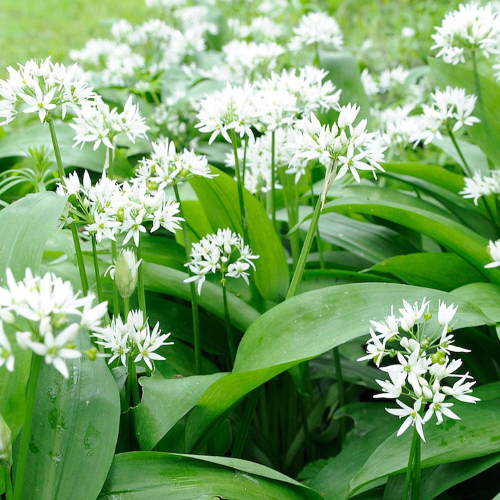
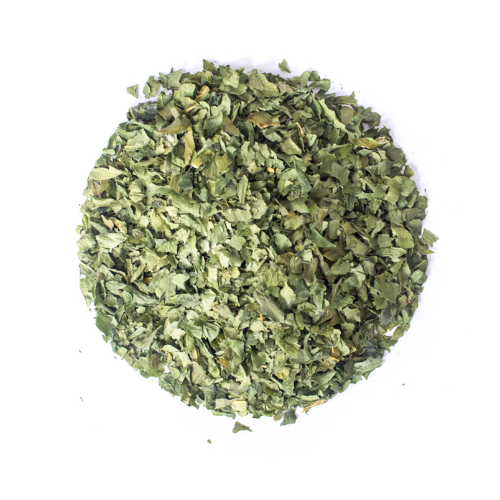

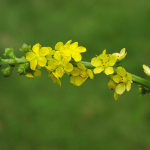
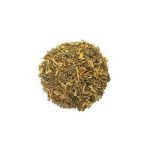
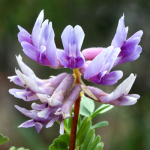
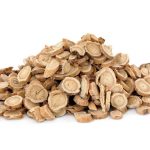

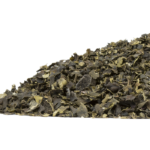
Reviews